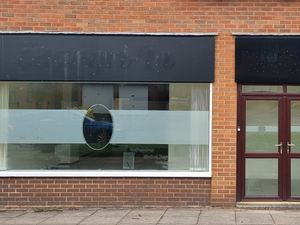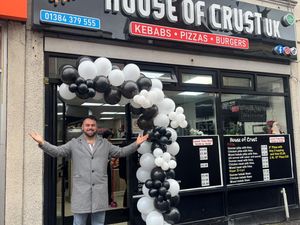TV review: Britain on Film - The Home Front
Now, look, before we begin let's get one thing absolutely straight between us – I am perfectly aware that there's an awful lot of rubbish talked about life in the 1960s, writes Andrew Owen.
Folk memory seems to have decided that everyone – absolutely everyone – lived just like David Hemmings in the film Blow-Up and spent the entire decade poncing about London in an open-topped Rolls Royce, living in a groovy flat, and getting off with anything in a mini-skirt.
I have it on good authority that this isn't entirely true. Some people may well have been wearing flowers in their hair in San Francisco, but anyone trying that free love caper in, say, inner-city Birmingham would have been given a bit of a slap but not necessarily the tickle.
However, here's the thing: I've always been really, really annoyed that I missed the whole show. I popped up – or out, depending on how you want to look at it – in the following decade.
Instead of Sean Connery as James Bond I got Roger Moore; instead of full employment I got industrial decline, and instead of Bob Dylan I got Leo Sayer (a lovely man, I have no doubt, but honestly. . . )
That nagging sense of 'if only' came back during BBC4's Britain on Film series, which uses the colour films made by Rank studios for its Look at Life documentaries to show how we lived back then.
According to the publicity these films were only ever shown in cinemas and this is the first time they have been on television. If that's the case I want to know what's taken them so long because they're absolutely fascinating.
Mind you, anyone expecting a glimpse of a world where all women looked like Diana Rigg in The Avengers was in for a shock. Judging from the evidence presented most of them looked more like Dandy Nichols in Till Death Us Do Part.
But what shone through was the optimism of the time. Here was a Britain that was still picking itself up after the war but striding into the future with confidence as it built and built and built to house its swelling population, millions of whom were either homeless or living in slums.
We watched the concrete blocks being lowered into place, the concrete tower blocks springing up and the motorways and roads cutting through the countryside.
Of course, we wanted to step in, to hammer on time's window and shout that they were making massive mistakes because within fifty years many of their hideous homes of the future would already be a memory.
And yet, as a viewer, it was impossible not to be swept along with that sense of a world being made better.
You could see why people fell for it, why they pulled down the Victorian and the Edwardian, and in one case even put a 500-year-old building on wheels so it could be moved to make way for a road.
But while we were busy making a bodge of it all we were shown how the Swedes did ideal homes in the 1960s: pre-fabricated furniture, a kitchen with a built-in bread slicer, a hydraulic roof that opened to let in the sun, and a heated swimming pool in the living room.
And then we saw a typical Swedish dinner party, complete with groovy music, fondue, and people swimming next to the sofa.
Amazing, we thought. Apparently everyone in 60s Sweden really did live exactly like David Hemmings.





